Fortune Grimaldi Monaco: Royal Heritage and the Principality's Prosperity
Fortune Grimaldi Monaco
The princely family of Monaco, the Grimaldiis the subject of recent media attention concerning their finances. A survey by Le Monde newspaper revealed information about the management of their assets.
Despite the tax advantages offered by the Principality of Monaco, some of the Grimaldi family's funds have been invested in tax havens. The former manager of the Grimaldi family indicated the existence of nearly 258 million euros housed in tax havens. Would this sum add to the Prince's fortune of almost a billion euros? This revelation is based on documents from the former Crown Assets Administrator, who was recently dismissed.
These allegations raise questions about the financial practices of the Grimaldi dynastywhich has ruled the Rock for centuries. The affair created a stir in Monaco, where the princely family enjoys a special status and great influence.
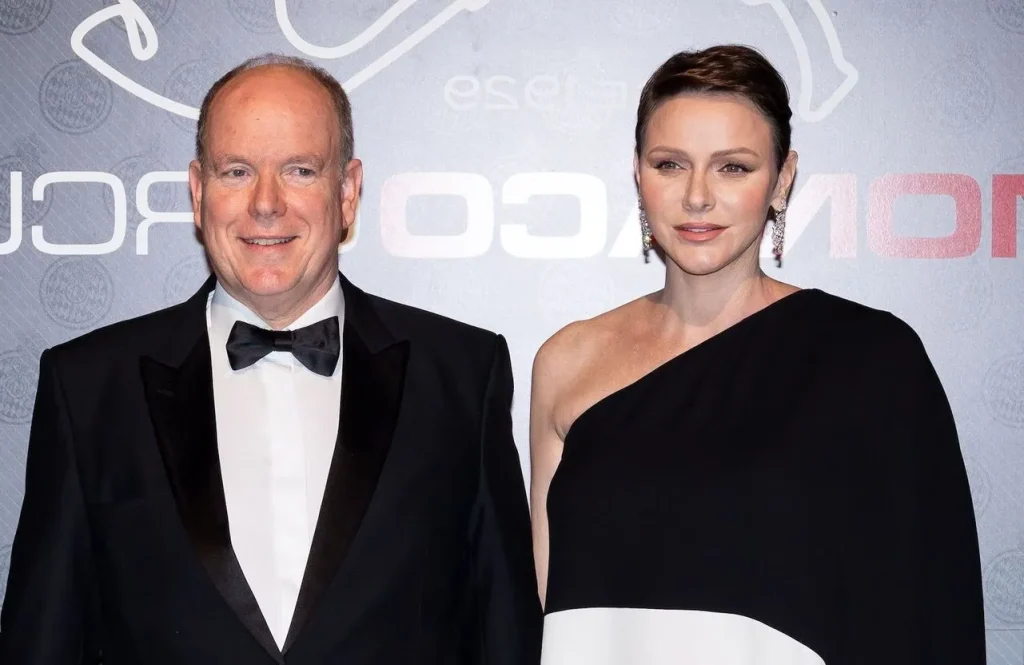
History of the Grimaldi family
The Grimaldi family has ruled Monaco for more than 700 years old. Their history is marked by power struggles, strategic alliances and the constant development of the principality.
Origins and rise of the Dynasty
The Grimaldi dynasty has its roots in Genoa at 12th century. François Grimaldinicknamed " Malizia" seized the fortress of Monaco in 1297. He disguised himself as a Franciscan monk to enter the castle. This ruse marks the beginning of the Grimaldis' reign on the Rock.
Over the centuries, the family consolidated its power. It faced numerous threats, notably from Genoa. The Grimaldis used diplomacy and alliances to maintain their independence.
Independence and Key Developments
Visit 1612, Honoré II obtains official recognition of Monaco's sovereignty by Spain. This was a crucial step for the principality's independence.

The reign of Charles III at 19th century transformed Monaco. He created the Monte-Carlo and its famous casino in 1866. This decision brought prosperity and international renown to the principality.
The French Revolution has an impact on Monaco. The Grimaldis temporarily lost control of Menton and Roquebrune. They only get them back by 1861.
The Grimaldis' influence on Monaco
The Grimaldis have shaped Monaco's identity over the centuries. They developed the economy, initially based on the businessthen on tourism and finance.
The princely family has always sought to preserve Monaco's independence. It has been able to adapt to political changes by Europe. The Grimaldis also played an important cultural role. They encouraged the arts and the sciences in Monaco.
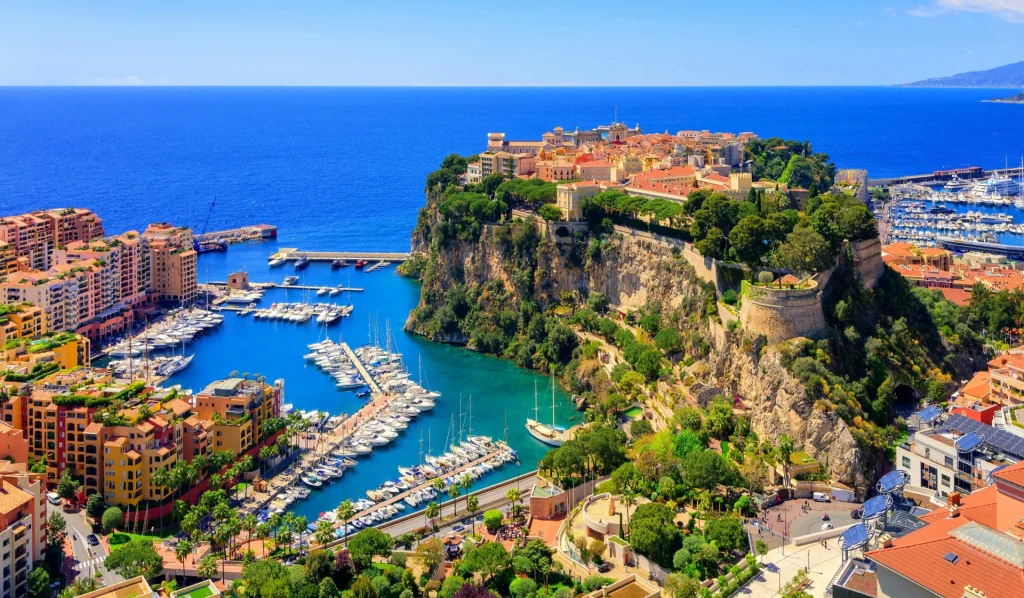
Today, the Grimaldi family remains at the heart of Monegasque life. They embody the history and traditions of the principality.
Monaco's emblematic sovereigns
The Grimaldis have left their mark on Monaco's history with some remarkable rulers. Three princes in particular have left a lasting imprint on the principality.
Prince Albert I
Albert I, nicknamed "the Prince Savant" reigned from 1889 à 1922. Passionate about oceanography, he founded Monaco Oceanographic Institute. His scientific expeditions contributed to the principality's renown.
Albert I was also a convinced pacifist. He worked for international peace and human rights. His reign saw the promulgation of the first Monegasque constitution at 1911.
The Prince modernized Monaco. He developed infrastructures and encouraged the arts. The Oceanographic Museum, which he created, remains a symbol of his legacy.
Prince Rainier III and Grace Kelly
Rainier III managed Monaco from 1949 à 2005. His marriage to the American actress Grace Kelly at 1956 drew worldwide attention to the principality.
The couple transformed Monaco. Rainier III diversified the economy, reducing reliance on gambling. He launched major real estate projects and developed luxury tourism.
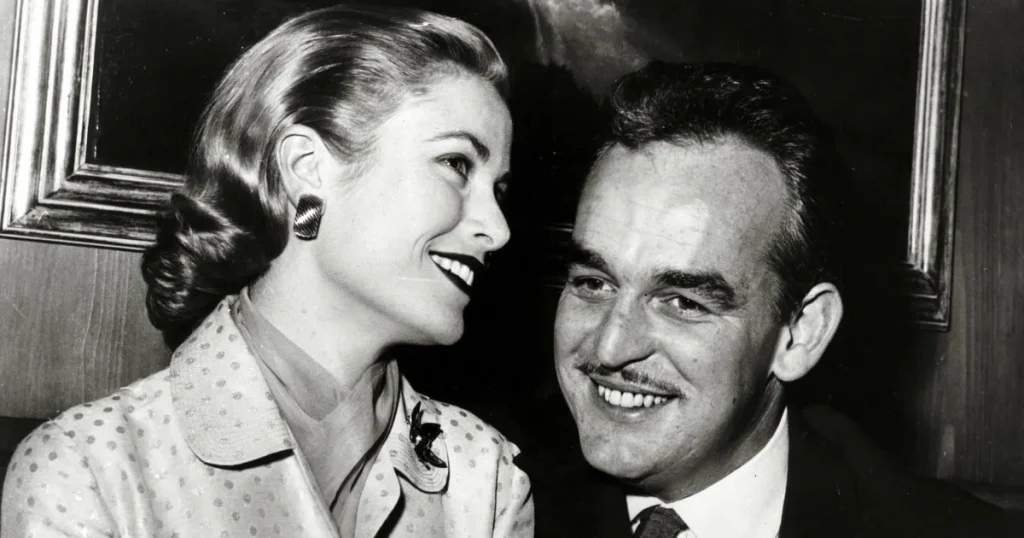
Grace Kelly became an icon of style and charity. She founded AMADE, an organization for the protection of children. Her tragic death in 1982 deeply affected Monaco and the world.
Prince Albert II
Albert IIson of Rainier III and Grace Kelly, has reigned since 2005. He is continuing to modernize Monaco while focusing on the environment.
The Prince has reinforced Monaco's financial transparency. He has signed agreements to combat tax evasion. Albert II has also diversified the economy by attracting high-tech companies.
A fervent defender of the environment, he supports numerous ecological initiatives. His foundation funds projects to protect the oceans and combat climate change.
Albert II married Charlene Wittstock at 2011. They have twins, ensuring the continuity of the Grimaldi dynasty.
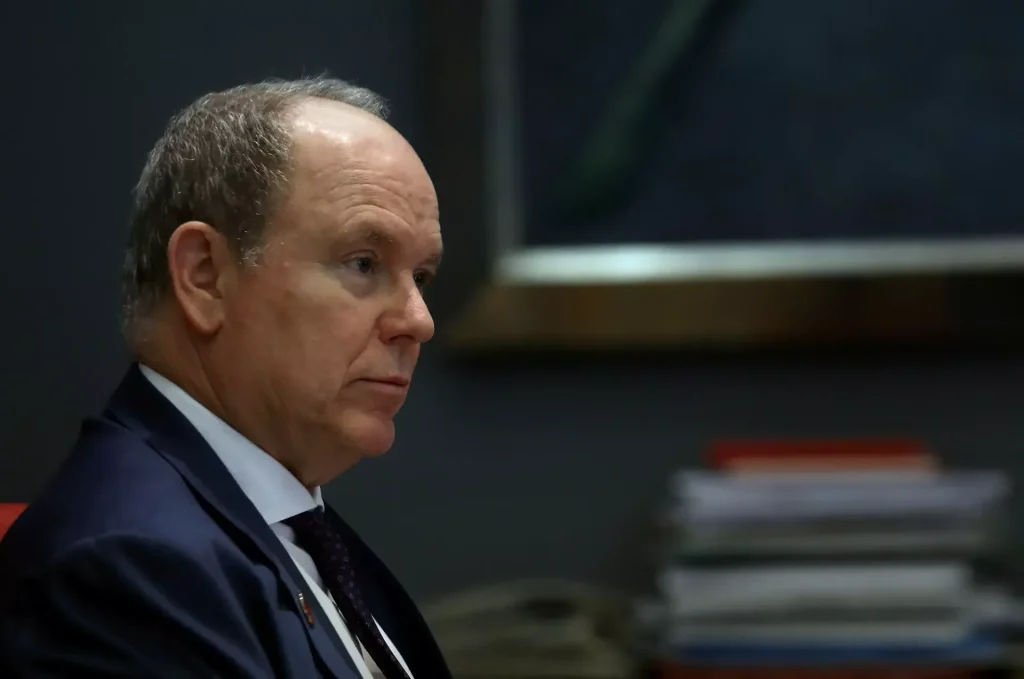
Gestion de la Fortune Grimaldi
The Grimaldi family's wealth management involves complex and varied strategies. Offshore investments and companies in tax havens are among the methods used to preserve and grow this princely fortune.
Building and growing wealth
The Grimaldis' fortune has been built up over the centuries. It comes from a variety of sources, including real estate holdings, investments and business activities in Monaco.
Visit casino de Monte-Carlo has long been an important source of income. The Grimaldis also benefited from the principality's economic development.
Strategic marriages have sometimes helped to increase family wealth. Prudent asset management has preserved and increased this wealth over time.
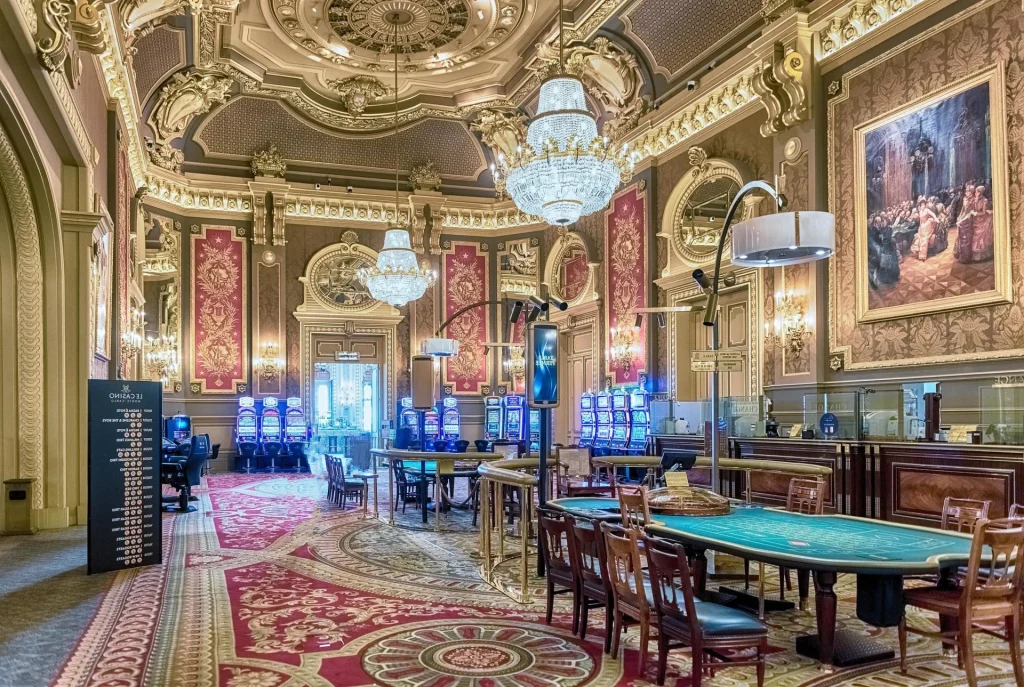
Investments and Financial Entities
The Grimaldis diversify their investments to optimize returns. They invest in luxury real estateMonegasque and international companies.
Professional wealth managers advise families on their financial choices. They create complex structures to manage the various assets.
The prince's lawyer, Claude Palmerohas long played a key role in the management of the estate. His recent dismissal has raised questions about the family's financial practices.
Offshore companies and tax regulations
Le Monde's investigation revealed the use of offshore companies by the Grimaldis. These structures were allegedly used to place part of the family fortune in tax havens.
Visit Panama is cited as one of the countries where funds have allegedly been deposited. These practices, while legal, raise questions of ethics and transparency.
The Monegasque authorities are defending the legality of these operations. They insist that the princely family complies with international tax regulations.
Current Reign and Administration
Albert II has ruled Monaco since 2005. His reign has brought significant changes to the principality, notably in terms of politics and succession.

Accession to the Throne
Albert II became Prince of Monaco on April 6, 2005succeeding his father Rainier III. The official enthronement ceremony took place on July 12, 2005.
The new sovereign quickly established himself at the head of state. He appointed Jean-Paul Proust as Minister of State, the head of the Monegasque government.
Albert II pledged to continue the modernization of Monaco begun by his father. He emphasized the principality's economic development and international openness.
Policy Innovations
Albert II introduced several important reforms. In 2002a new constitution was adopted, strengthening the powers of the National Council (parliament).
The Prince modified the law of succession in 2011. From now on, daughters can inherit the throne if they are the eldest.
Albert II has also launched initiatives in favor of the environment. He created the Prince Albert II of Monaco Foundation at 2006a company focused on environmental protection and sustainable development.
On the international stage, the Prince has strengthened Monaco's diplomatic presence. The Principality became a full member of theUN at 1993.
Culture and Public Image of Monaco
Monaco radiates culture, prestigious events and glamour. The principality cultivates an image of luxury and excellence which attracts visitors from all over the world.
Cultural and artistic outreach
Monaco is home to several renowned cultural institutions. L'Monte-Carlo Operafounded in 1879is home to top-notch opera productions. Visit New National Museum of Monaco exhibits contemporary art in two distinct locations.
The principality also organizes major artistic events. Visit Printemps des Arts de Monte-Carlo Festival showcases classical music every year. Visit Monte-Carlo Jazz Festival attracts big names in international jazz.
Visit Prince Pierre of Monaco Foundation supports artistic creation through various literary and musical prizes. These initiatives reinforce Monaco's status as a Côte d'Azur cultural center.
Monaco Grand Prix
Visit Monaco Grand Prix is one of the world's most prestigious sporting events. This race of Formula 1 has been taking place in the streets of the principality since 1929.
Monaco's urban circuit is renowned for its technical difficulty. Drivers have to negotiate tight bends and high-speed tunnels. The unique atmosphere blends glamour and adrenalin.
Every year, this event attracts celebrities and personalities from all over the world. It generates major economic and media spin-offs for Monaco. The Grand Prix makes a major contribution to the principality's luxurious image.
The Red Cross Ball
Visit Monaco Red Cross Gala is a leading charity event. Created in 1948is held every summer in the Salle des Étoiles du Sporting Monte-Carlo.
The ball brings together the international elite and the princely family. Guests enjoy a gourmet dinner and top-notch musical entertainment. An auction raises funds for Red Cross humanitarian actions.
The event embodies the glamour and generosity associated with Monaco. It reinforces the principality's philanthropic image while offering a luxurious setting for participants.
Conclusion
The Grimaldi family fortune fascinates as much as it questions. Between historical legacies, strategic investments and sometimes controversial ventures, the management of their wealth is a well-oiled machine. The recent investigation into the use of offshore companies raises questions about the transparency and ethics of these practices. Yet the princely family continues to rule Monaco with skill, combining prestige, power and discretion.
Albert II, keen to modernize the principality's financial image, has introduced a number of reforms to enhance transparency. But are these measures enough to dispel doubts? The fascination with the Grimaldis' wealth continues to grow, and Monaco remains a symbol of luxury and exclusivity. Between tradition and controversy, the Rocher is still the talk of the town.
Frequently asked questions
The Grimaldi family fortune is the subject of much curiosity. Here are some answers to the most frequently asked questions.
What is the source of the Grimaldis' fortune?
The Casino de Monte-Carlo is a major source of revenue. Created in 1863, it remains a pillar of the Monegasque economy. Luxury tourism and financial services are also major contributors to the Grimaldis' wealth.
Who are the wealthiest members of the Grimaldi family?
Prince Albert II is considered the wealthiest member of the family. His personal wealth is estimated at several billion euros. His sisters, Princesses Caroline and Stephanie, also have substantial fortunes.
How does the wealth of the Grimaldi family compare with that of other wealthy families in Monaco?
The princely family is Monaco's wealthiest. Their fortune exceeds that of other wealthy families resident in the principality. This is due to their royal status and numerous investments.
Which properties make up the Grimaldis' core estate?
The Grimaldis' assets include prestigious real estate. It also includes stakes in Monegasque companies. Valuable works of art and jewelry are also part of their collection.
Where does the Princely Family of Monaco mainly live?
The Prince's Palace, on the Rock of Monaco, is the official residence. The family also owns properties in France and other countries. These secondary residences are used for vacations or private stays.
How is the income of the Princely Family of Monaco structured?
Income comes from a variety of sources. The Monegasque state pays an annual allowance to the princely family. The Grimaldis supplement this income with profits from their businesses. Finally, financial investments complete their resources.







